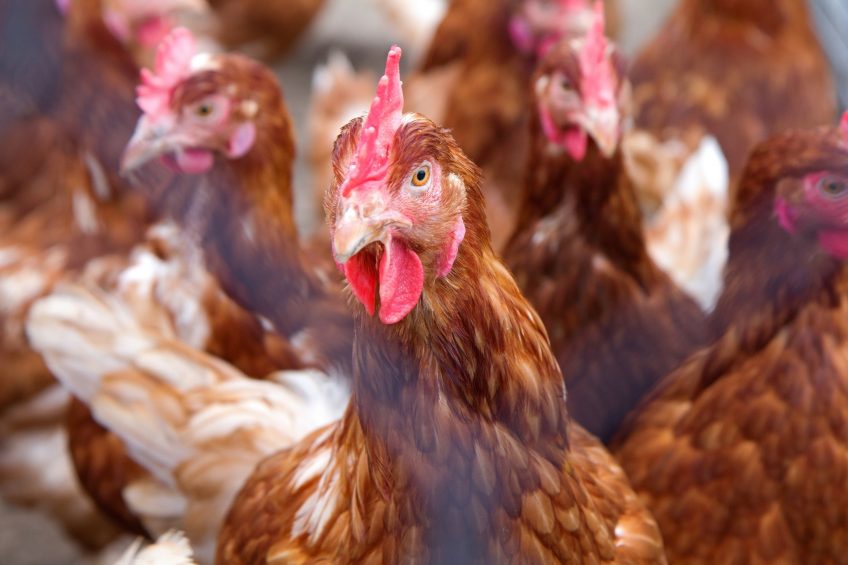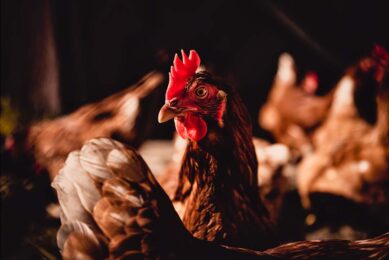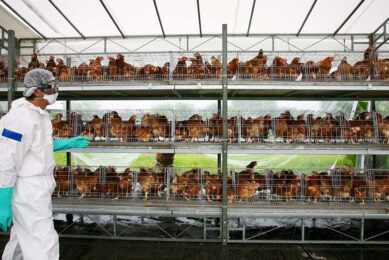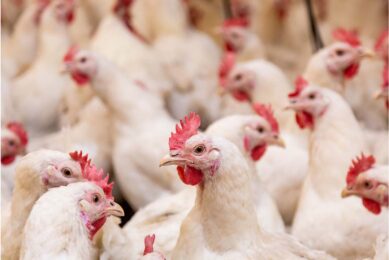US: First DNA poultry vaccine against AI gets green light

The United States Department of Agriculture has conditionally given the green light to the first DNA vaccine for poultry in the ongoing battle against avian influenza.
The conditional license granted to Montana-based AgriLabs for high pathogenic H5 will provide a tool for US poultry producers if stockpiling is needed for future avian influenza.
The vaccine has been produced by splicing a gene for a specific antigen related to HPAI H5 subtype into a bacterial plasmid. The plasmid is then multiplied, purified and administered along with the ENABL adjuvant that improves vaccine delivery into target cells, where antigens produced by the plasmid elicit an immune response.
Steve Schram, president and CEO of AgriLabs, said the move was a major milestone in meeting the promise of DNA vaccines in animal health.
“Past DNA research for vaccines for food animals has failed to deliver efficacy, cost and convenience. We believe ENABL adjuvant technology has unlocked the key to DNA vaccines, which offer tremendous potential.”
In addition, DNA vaccines are attractive because they don’t expose the animals being treated to disease-producing organisms and there is no risk of a modified pathogen mutating back to a virulent form. The vaccines also provide the ability to differentiate among infected and vaccinated animals.
Mr Schram said ENABL adjuvant technology produces more efficient delivery of DNA-based vaccines, which result in a higher absorption of the vaccine and production of antigen as well as a broader immune response.
“ENABL adjuvants feature a patented lipid/polymer matrix that allows for effective dispersion of vaccine micro particles and more efficient delivery to target cells.
“In addition to creating a “micro-depot” effect, this means reduced dosing for DNA vaccines, which makes them economically viable options.”
FAO projections
The announcement came at the same time as the Food and Agriculture Organisation (FAO) produced projections on what might happen to the H5 virus during the 2017/8 season.
The FAO said experts believed the fourth intercontinental wave of HPAI H5 virus was still underway and had been marked by novel strains last season that caused numerous outbreaks in both poultry and wild birds across large swathes of Europe, the Middle East, Asia, West Africa and parts of eastern and southern Africa.
It said that if patterns persisted from earlier waves, the virus could return to Europe this season, though the numbers of outbreaks are expected to be lower than last season.
Join 31,000+ subscribers
Subscribe to our newsletter to stay updated about all the need-to-know content in the poultry sector, three times a week. Beheer
Beheer








 WP Admin
WP Admin  Bewerk bericht
Bewerk bericht